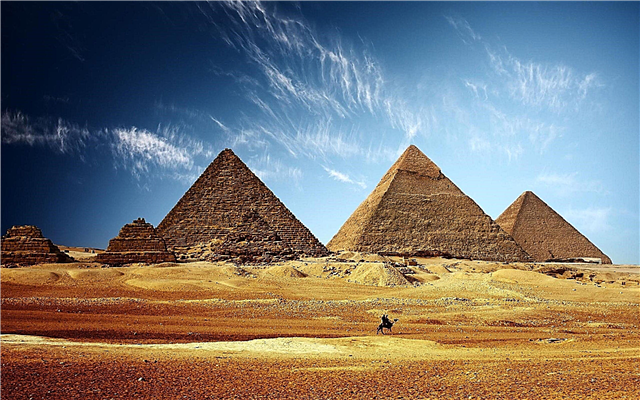The Tunguska meteorite is rightfully considered the greatest scientific mystery of the 20th century. The number of options about its nature exceeded a hundred, but none was recognized as the only correct and final one. Despite a significant number of eyewitnesses and numerous expeditions, the place of the fall was not found, as well as material evidence of the phenomenon, all the versions put forward are based on indirect facts and consequences.
How the Tunguska meteorite fell
At the end of June 1908, the inhabitants of Europe and Russia witnessed unique atmospheric phenomena: from sunny halos to abnormally white nights. On the morning of the 30th, a luminous body, presumably spherical or cylindrical, swept over the central strip of Siberia at high speed. According to observers, it was white, yellow or red, accompanied by thundering and explosive sounds when moving, and did not leave traces in the atmosphere.
At 7:14 local time, the hypothetical body of the Tunguska meteorite exploded. A powerful blast wave knocked down trees in the taiga on an area of up to 2.2 thousand hectares. The sounds of the explosion were recorded 800 km from the approximate epicenter, seismological consequences (earthquake with a magnitude of up to 5 units) were recorded throughout the Eurasian continent.
On the same day, scientists marked the beginning of a 5-hour magnetic storm. Atmospheric phenomena, similar to the previous ones, were clearly observed for 2 days and periodically occurred within 1 month.
Gathering information about the phenomenon, evaluating the facts
Publications about the event appeared on the same day, but serious research began in the 1920s. By the time of the first expedition, 12 years had passed since the year of the fall, which negatively affected the collection and analysis of information. This and subsequent pre-war Soviet expeditions were unable to locate where the object fell, despite aerial surveys conducted in 1938. The information received led to the conclusion:
- There were no photos of the fall or movement of the body.
- Detonation occurred in the air at an altitude of 5 to 15 km, the initial estimate of the power is 40-50 megatons (some scientists estimate it at 10-15).
- The explosion was not pinpoint; the crankcase was not found at the alleged epicenter.
- The intended landing site is a swampy area of taiga on the Podkamennaya Tunguska River.

Top hypotheses and versions
- Meteorite origin. The hypothesis supported by most scientists about the fall of a massive celestial body or a swarm of small objects or their passing along a tangent. Real confirmation of the hypothesis: no crater or particles were found.
- Fall of a comet with a core of ice or cosmic dust with a loose structure. The version explains the absence of traces of the Tunguska meteorite, but contradicts the low explosion height.
- Cosmic or artificial origin of the object. The weak point of this theory is the absence of traces of radiation, with the exception of rapidly growing trees.
- Detonation of antimatter. The Tunguska body is a piece of antimatter that has turned into radiation in the Earth's atmosphere. As in the case of the comet, the version does not explain the low altitude of the observed object; traces of annihilation are also absent.
- Failed experiment of Nikola Tesla on the transmission of energy at a distance. The new hypothesis based on the scientist's notes and statements has not been confirmed.

Interesting Facts
The main contradiction is caused by the analysis of the area of the fallen forest, it had the shape of a butterfly characteristic of a meteorite fall, but the direction of the lying trees is not explained by any scientific hypothesis. In the early years, the taiga was dead, later the plants showed an abnormally high growth, characteristic of the regions exposed to radiation: Hiroshima and Chernobyl. But analysis of the collected minerals found no evidence of the ignition of nuclear matter.
In 2006, in the Podkamennaya Tunguska area, artifacts of various sizes were discovered - quartz cobblestones made of spliced plates with an unknown alphabet, presumably deposited by plasma and containing particles inside that can only be of cosmic origin.
It is highly recommended to see the lines of the Nazca Desert.
The Tunguska meteorite was not always discussed seriously. So, in 1960, a comic biological hypothesis was put forward - a detonation thermal explosion of a Siberian midge cloud with a volume of 5 km3... Five years later, the Strugatsky brothers' original idea appeared - "You need to search not where, but when" about an alien ship with a reverse time flow. Like many other fantastic versions, it was logically justified better than those put forward by scientific researchers, the only objection is anti-scientific.
The main paradox is that despite the abundance of options (scientific above 100) and international research, the secret has not been revealed. All reliable facts about the Tunguska meteorite include only the date of the event and its consequences.









